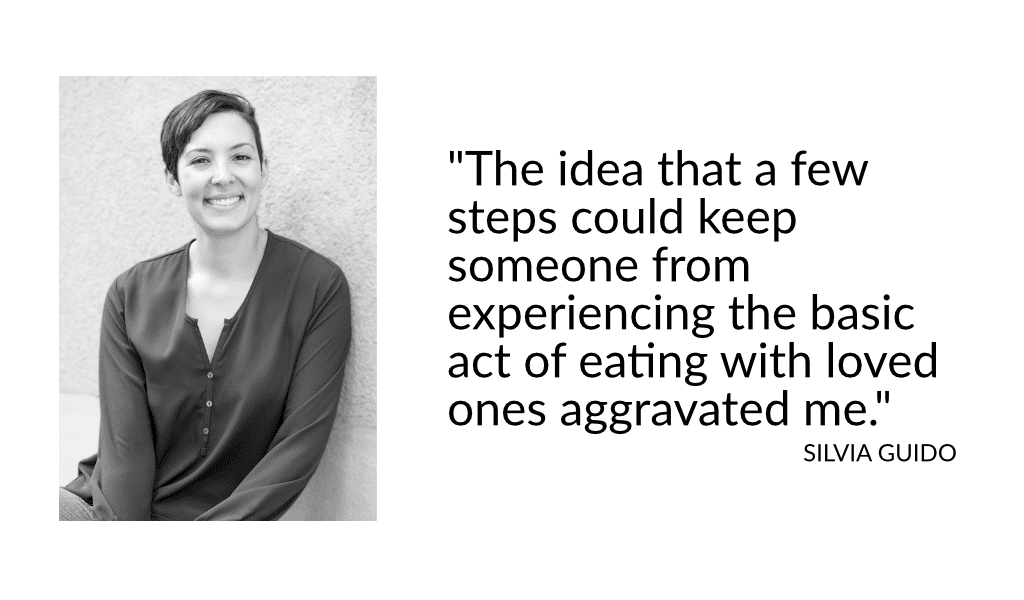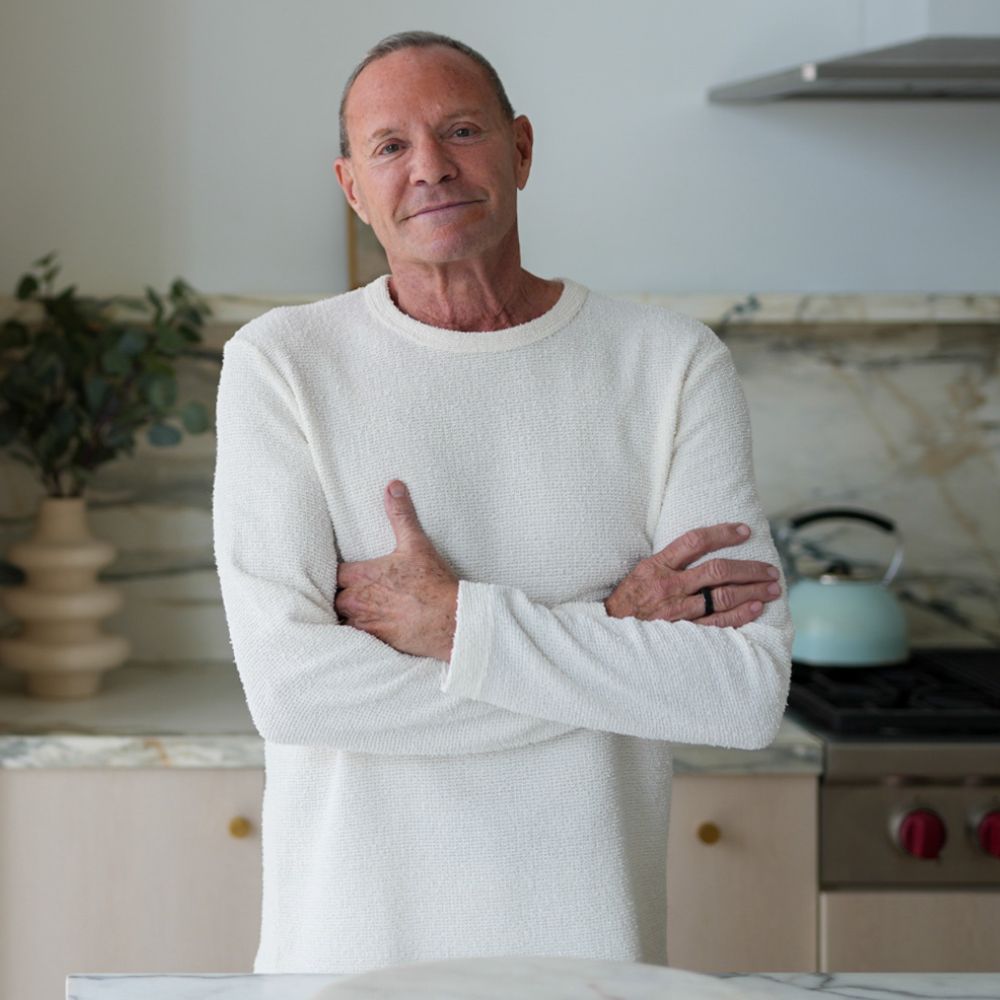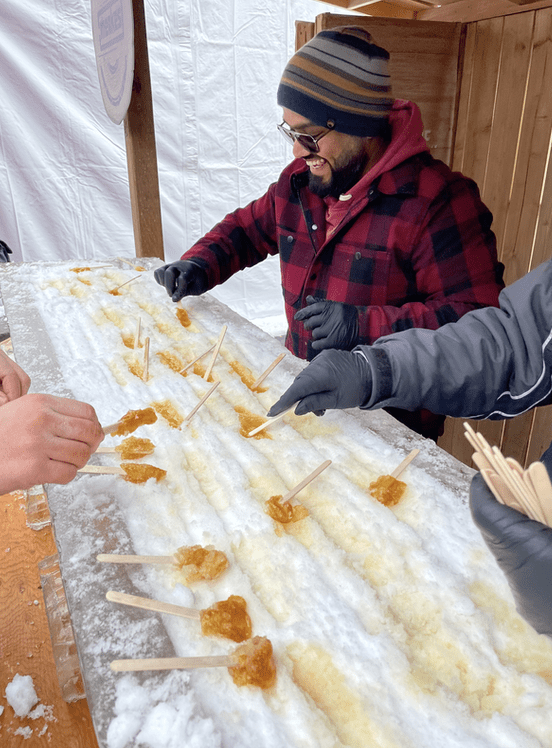One of the things that makes Toronto such a wonderful city is how welcoming it is. Toronto is a metropolis that prides itself on inclusiveness, diversity, and a wide tapestry of people coming together to create a community feel despite a vast population.
Despite there being many excellent facets about the city, there are always ways that we can improve and better serve the needs of the population within our city, whether they’re tourists or call Toronto home. Thankfully there are inspired people who see a need and turn it into a reality.
Silvia Guido is one of these people; she saw a lack of information on accessibility and found a way to serve the needs of many people within the city.
Silvia Guido is a practicing physiotherapist specializing in neuro-rehabilitation. In April 2013, Silvia started the blog-based website AccessTO after she discovered the lack of accessible restaurants in the city. The website commits to highlighting fully accessible entertainment venues including restaurants, cafes and concert venues in Toronto by providing measurements and pictures in an easy to read format.
Can you tell me a bit about what inspired you to start AccessTO? How has it evolved from early days to what it is today?
I started AccessTO four years ago out of a genuine concern that no information was available for my family and friends who had different needs when looking for a restaurant. My profession as a physiotherapist also allowed me to meet people every day who shared the same concern for inclusivity within the local community.
Based on my love of food, the idea that a few steps could keep someone from experiencing the basic act of eating with loved ones aggravated me. I began assessing the space of any new restaurant I was dining at so it was an easy shift to writing my thoughts on a blog. It also became apparent very early that I wouldn’t have a problem finding people who wanted to help, which ignited the project. Within six months, I had a group of volunteers who I trained to assist with creating more frequent and robust content.
Can you tell me about the people and partners who work to fulfill AccessTO’s vision?
AccessTO has partnered with the University of Toronto for several years to enhance the curriculum within the Department of Occupational Science Occupational Therapy Program. Students volunteer and learn about the auditing process while faculty members provide invaluable input into criteria used to determine accessibility.
AccessTO recruits volunteers from the community who are older adults or have experienced a disability. The venues reviewed are often visited by a pair of volunteers and these varying insights are recorded to produce a collaborative experience we are very proud of.
What are biggest barriers we’re facing in terms of making Toronto an accessible city?
Well I don’t want to speak to all sectors, but we cannot ignore how difficult it is to succeed in the food and entertainment business in Toronto. The Accessibility for Ontarians with Disabilities Act’s (AODA) intention to make all places accessible by 2025 may not be relevant for entrepreneurs who hope to make it past the first year of business. Retrofitting their space for a ramp or a washroom on the main floor is expensive.
Having said this, I always encourage business owners to consider the accessibility of their space because it can assist in generating a broader customer base. This is everyone from a wheelchair user to a family who uses a stroller. The lack of information available and perhaps an insight into this for business owners may also be a huge barrier.

Map of accessible restaurants, coffee shops and bars
What roles can both consumers and businesses take towards creating more accessible spaces in our city? What about health care professionals?
People need to start thinking of Toronto (or any city they live in) as a collective community and understand how inclusive spaces actually benefit everyone. It really should not be an afterthought for business owners or consumers as the population needs are always changing, especially as we age. As a health professional, I think there is a huge responsibility for us to keep up to date with the accessibility standards in Ontario and educate as many people as possible. We should also be modeling within our own businesses a barrier-free space.
What are some of the biggest misconceptions you’ve seen in terms of creating an accessible space?
Many people feel that an added cost is always necessary. There may be, but most likely it is less than you think. The Ontario government is also continually offering initiatives for individuals to increase the accessibility of their space such as the Enabling Accessibility Fund. Toronto’s very own StopGap Foundation is also available to assist with the manufacturing of an affordable ramp.
How do you find/ decide which places to feature in the Accessible Spaces section of your website?
Our volunteers usually make a list of new or tried and true venues and call to make an appointment to assess the accessibility. If the space meets our criteria, a review is posted on the website! Everything on the website has passed an onsite audit to simply make sure that when someone says something is accessible it really is!

Julian & Silvia make one review team, photo by AccessTO
What are your favourite accessibility-minded places in the city? What can other businesses learn from them?
A great space is the new Tangled, which is Toronto’s first accessible art gallery for artists with disabilities. The venue can almost be a gold standard for any business to learn from. I am a big fan of coffee shops and my favourite right now is Page One Café near Ryerson Campus. Besides the physical construction of the space, I am always impressed with the attitudes of the owners and staff. This may be what is really lacking in Toronto.

Tangled Art + Disability, New works by Persimmon Blackbridge
How do Toronto and Ontario compare to other cities and regions in terms of accessibility? What other places can we learn from?
I think Canada, in general, has a lot to learn about accessibility from the US who have had the Americans with Disabilities Act since 1990! It is frankly embarrassing that we still don’t have a federal disability policy and that the AODA has been so slow in producing set standards for physical spaces. A city that stands out for me is London, England which has built in an incredibly accessible infrastructure. We can definitely learn from them.
Which projects are you most proud of and why?
The main mission of providing the most reliable information for the community continues to make me the most proud.
Why did you choose to make Toronto your home? What is your favourite thing about the city?
I grew up in Toronto and am still stumbling into neighbourhoods that I have never visited. My favourite thing is everything that these neighbourhoods bring with them, including the people and the cuisine.
Looking for an #accessible brunch place this weekend? Check out the delicious Eggspectation! @EggspectationOfficial https://t.co/dOef4ez7DT
— AccessTO (@accessTO_) May 13, 2017
How do you define success, both professionally and personally? Has your definition of success changed over the past several years?
Success has always been for me how well I am able to care for myself and others on an equal level. If I could pull this off every day, I would be successful! It’s definitely a work in progress…
What’s next? Do you have any upcoming projects that you’d like to talk about?
AccessTO has recently joined forces with individuals in the art community to create a collective called Access Visual Art (AVA). AVA will focus on bringing accessibility related information about art venues to the Greater Toronto Area over the next 6 months. We believe this to be a great opportunity to shed some light on some very special places and educate those that may be lacking!
SM00KI






